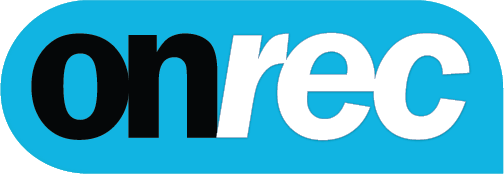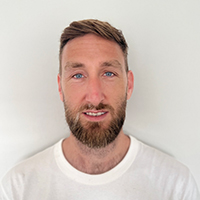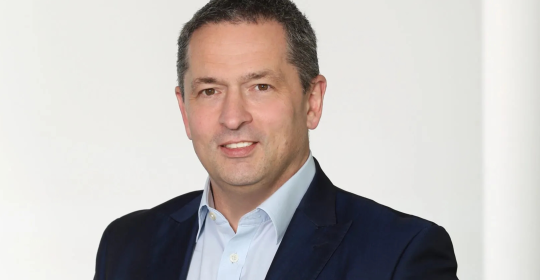According to recent LinkedIn data, 86% of recruiters and hiring managers spend 30 seconds or less conducting initial profile screenings, and in that critical half-minute window, your professional headshot can determine whether you advance to the next round or get passed over entirely.
The 30-Second Window That Determines Your Career Prospects
The statistics paint a sobering picture of modern recruitment realities. In those crucial 30 seconds, recruiters are conducting a rapid assessment that extends far beyond qualifications and experience. They're evaluating professionalism, cultural fit, attention to detail and whether a candidate takes their career seriously, and your profile photo serves as the primary visual anchor for these split-second judgments.
"We're processing hundreds of profiles daily," explains Sarah Martinez, Senior Technical Recruiter at a Fortune 500 technology company in Silicon Valley. "When I'm screening candidates at 9 PM after reviewing 200 applications, the profiles with professional headshots immediately stand out. They signal that this person is serious about their career. Conversely, missing photos or poorly lit selfies raise questions about whether the candidate understands professional norms."
LinkedIn's own research reinforces this impact: profiles with professional photos receive 14 times more profile views than those without photos. For job seekers, this translates directly to opportunity, more views mean more recruiter attention, more interview requests, and ultimately, more job offers.
The Professional Photo Penalty: Who Gets Left Behind?
The emphasis on professional headshots creates an uncomfortable reality: qualified candidates without access to professional photography are systematically disadvantaged in the job market.
Traditional studio photography costs between $150-$500 for a session, placing it out of reach for many job seekers, particularly recent graduates, career changers, and those already facing financial pressure from unemployment.
This creates a particularly acute challenge across different economic demographics. In smaller cities and rural areas across the Midwest and South, where professional photography services may be limited, talented professionals face the same LinkedIn profile scrutiny as candidates in New York, San Francisco, or Chicago, but without the same access to convenient studio options.
"The professional photo gap is a real barrier to economic mobility," notes career coach Michael Thompson, who works with recent graduates across the United States. "I've seen brilliant candidates, top academic performers, strong portfolios, relevant experience, get overlooked because their LinkedIn profile photo was a cropped group selfie or a grainy webcam shot. It's not fair, but it's the reality of digital-first recruitment."
Why Professional Headshots Matter More Than Ever
The shift toward remote work and digital hiring has only amplified the importance of professional photos. With fewer in-person interviews and more video screening calls, your LinkedIn headshot often serves as a recruiter's first, and sometimes only, visual impression before making contact.
Behavioral psychology research supports what recruiters intuitively know: humans form first impressions within milliseconds of seeing a face, and these initial judgments are remarkably persistent. A professional headshot conveys competence, trustworthiness, and attention to detail, qualities every employer seeks. Conversely, casual photos, group shots, or vacation snapshots inadvertently communicate that professional presentation isn't a priority.
The stakes are particularly high in competitive industries. For positions receiving 200+ applications, recruiters use every available signal to create shortlists quickly. Your headshot becomes a proxy for professionalism, and candidates who fail to meet this baseline standard often don't advance regardless of their qualifications.
Enter AI: Democratizing Professional Photography
Technology is finally addressing the professional photography accessibility gap. AI powered headshot generators like Fotoria have emerged as game changing solutions that make studio quality professional photos available to job seekers at a fraction of traditional costs, and without the logistical challenges of scheduling studio sessions.
Fotoria's proprietary TruLike™ Technology transforms casual selfies into professional headshots that meet the standards recruiters expect. For $49-$69, job seekers receive up to 200 professional headshot variations in multiple styles, enough options to optimize their LinkedIn headshot profile, resume, portfolio website, and professional social media presence.
"AI headshots have leveled the playing field for my clients," explains career counselor Jennifer Williams, who works with job seekers across secondary markets in the Southeast. "Previously, I had to tell candidates in smaller cities that they needed to travel to major metros for professional photos or accept a competitive disadvantage. Now they can generate studio-quality headshots from their phone in 30 minutes. It's transformative."
The Data Behind First Impressions
The impact of professional headshots extends beyond anecdotal evidence. Recent studies tracking LinkedIn profile performance reveal compelling patterns:
- Profiles with professional headshots receive 21 times more profile views and 36 times more messages from recruiters compared to profiles without photos
- Job seekers with professional photos are 40% more likely to receive interview requests within the first month of job searching
- Candidates who update their profile photo along with job status changes see 3x higher engagement from their professional network
For job seekers in competitive markets, these multipliers translate directly to career outcomes. In a job search where success often depends on standing out among hundreds of applicants, professional headshots provide measurable advantages at every stage of the recruitment funnel.
Best Practices: Maximizing Your Professional Headshot
Career experts recommend several strategies for optimizing your LinkedIn headshot:
Choose appropriate attire: Dress for the industry you're targeting. Corporate finance roles require formal business attire, while creative industries and tech startups allow more flexibility.
Maintain eye contact: Photos where you're looking directly at the camera create connection and convey confidence, critical qualities recruiters seek.
Select neutral backgrounds: Simple, clean backgrounds keep focus on your face and project professionalism across industries.
Show genuine expression: A natural, approachable smile signals emotional intelligence and cultural fit, increasingly important factors in hiring decisions.
Ensure high resolution: Pixelated or low-quality images undermine professionalism. Modern LinkedIn profiles require high-resolution headshots that display clearly across devices.
Update regularly: Outdated photos that don't match your current appearance create trust issues. Update your headshot every 2-3 years or after significant appearance changes.
The ROI of Professional Photography
For job seekers evaluating whether to invest in professional headshots, the return on investment calculation is straightforward. If a professional photo increases your likelihood of securing an interview by even 10%, and that interview leads to a job offer with $5,000-$10,000 higher annual salary, the $50-$70 investment in AI-generated headshots pays for itself many times over.
This calculation becomes even more compelling for passive job seekers. A professional LinkedIn headshot works continuously on your behalf, making positive impressions with recruiters who find your profile through searches, creating career opportunities even when you're not actively job hunting.






